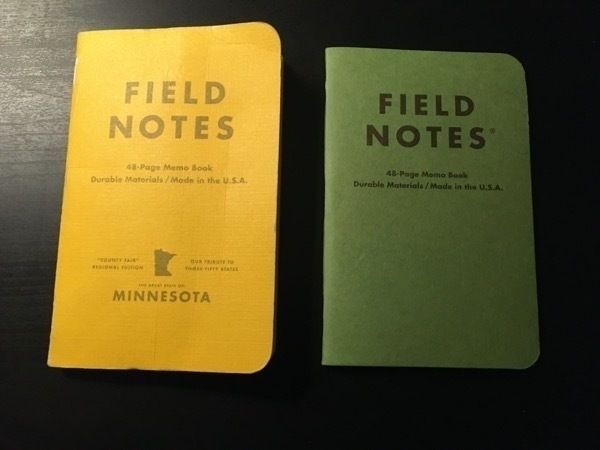December 12, 2019
So my DVD of Until the End of the World has arrived.
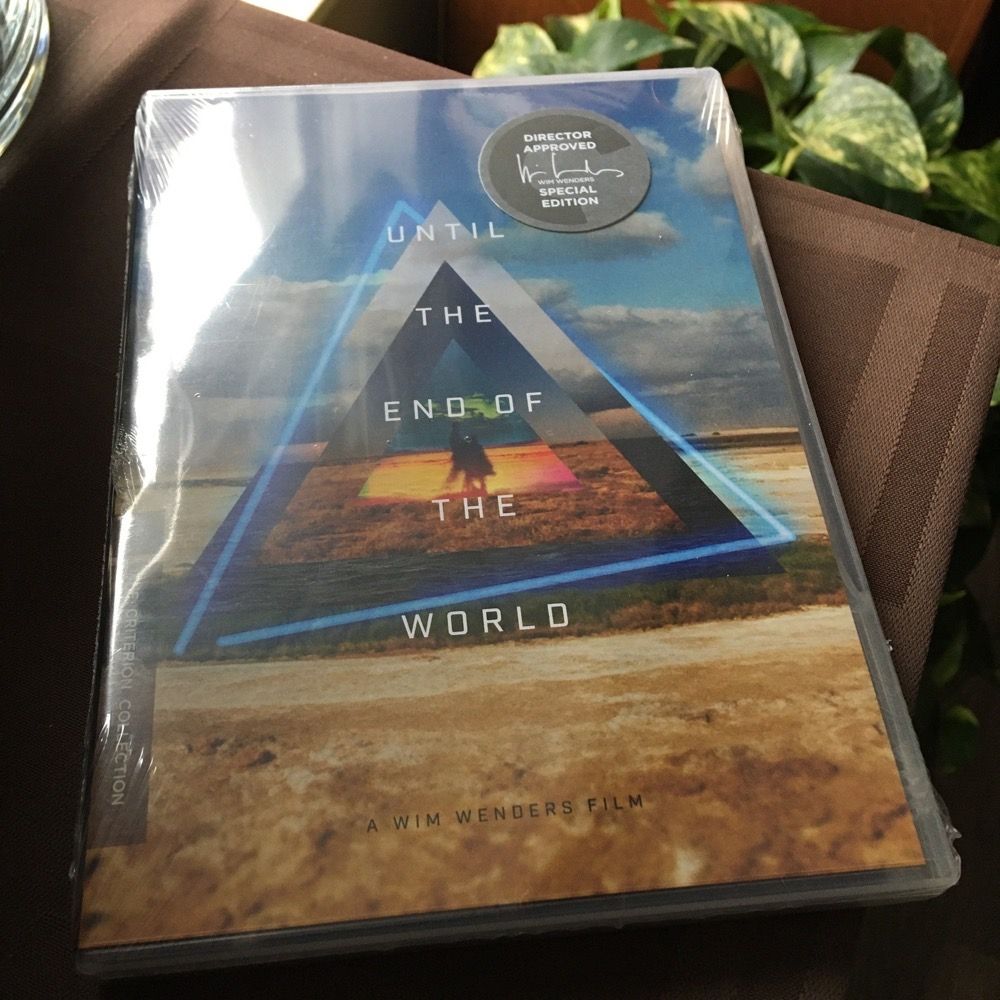
Because of travel plans over the next two weeks, I’m saving my first viewing until the week between xmas and new year’s. I’ve waited this long, I can wait a little longer.
My excitement over this film’s re-release is in several parts.
1 :: The circumstance of my first viewing
I saw it in a theater in Edinburgh the summer of 1992, when I was living in Scotland during a semester abroad in college. I was visiting an old friend who now lived there. We came out of the theater well after midnight. It had rained but now the sky was painfully clear, and shards of the Moon flickered in every stark puddle. But the real world was a dream and only the movie seemed real.
For the next few hours, beneath backlit castles, black towers, and a solstice sky that never quite got dark, we walked the city streets that bustled even in the middle of the crepuscular night, lost in our heated discussions and divagations. It possessed us both for days afterwards.
(And I instantly regretted not going back to see it again as soon as possible. By the time I returned to the States, it was no longer playing in the theaters there, and I had to wait what felt like a very long time for it to appear in the video stores.)
2 :: The difficulty of finding it to rent, and its eventual, almost complete, vanishing act
I rented it on VHS many times over the next few years, but it rapidly grew more and more rare. And I never managed to buy a copy. So, soon, it became even more dreamlike than it already was.
3 :: The soundtrack
I can’t even.
4 :: The story itself
I instantly loved the rambling mystery of it, and how the story turned suddenly several times until I couldn’t quite classify it anymore. I found this sort of slightly surreal, polyphonic, even “slipstream,” storytelling extremely compelling. I still do, of course — but back then, I’d certainly never before seen a movie that was such a direct hit to so many of my preoccupations.
5 :: The fact of not having seen it for a quarter century
I freely admit that the brute fact of its scarcity has caused its emotional value to skyrocket. Now that I’ve shelled out for the DVD, I have already been cautiously entertaining the grim possibility that the Suck Fairy will have visited its malign magic up on it, and after feverishly ripping open the case, I’ll find myself watching a rambling, messy piece of shit with mounting annoyance, irritation, betrayal, rage, nausea…
But sometimes, I still think I can play whole scenes in my head as if I had just watched it yesterday, and I really want to see how much of it is Wim Wender’s dream and how much of it is mine.
November 29, 2019
Last, next.
62: Shenandoah (Oak)
63: Shenandoah (Maple)

Field Notes
November 9, 2019
At more or less this moment, 30 years ago, I walked into Chris & Dave’s dorm room to see who was heading over to the Caf for dinner. They were the only ones on our floor with a TV in their room.
A crowd had gathered, watching the news.
The Berlin Wall.
OTD
October 29, 2019
Last, next.
61: Shenandoah (Birch)
62: Shenandoah (Oak)

Field Notes
October 21, 2019
Key Master of Brainerd.
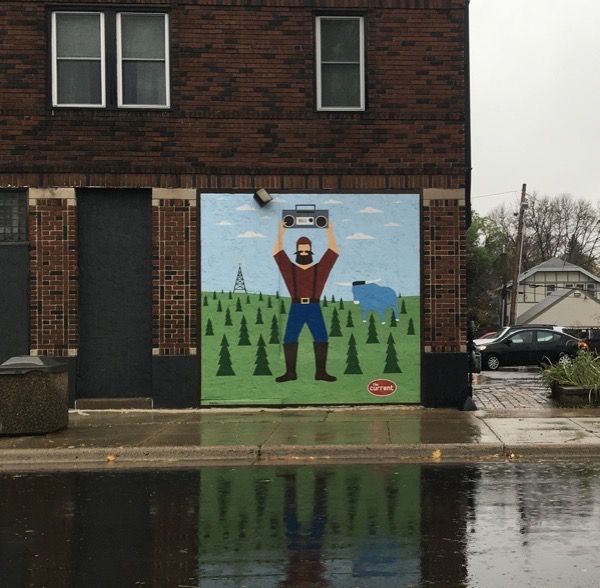
MN
August 8, 2019
Robert Bringhurst says somewhere in his book, The Elements of Typographic Style: “Letters are things, not pictures of things.” That is, letters are free from conceptual associations, which leaves them open to stand in for any sound without being contaminated, manipulated, or warped by an idea that might otherwise have accreted to it.
And, like letterforms, words are simultaneously specific and open in very particular ways — and often in exactly the opposite way that pictures or pictograms are. Letters and words encourage metaphorical thinking, whereas pictures limit or even stifle it.
Walter Ong talks about what is called “secondary orality.” Driven by widespread electronic media such as radio, television, telephones, recordings, computers, etc, our typographic, literate society has shifted towards some of the key features of primary oral communication: participatory, communal, formulaic, and with a focus on the present moment.
Also, it’s crucial to remember that “secondary orality” differs dramatically from primary orality in its “self-consciously informal style, since typographic folk believe that oral exchange should normally be informal ([whereas] oral folk believe it should normally be formal)…” (Ong: Orality & Literacy, p.136).
So, from this point of view, an iMessage exchange and, say, a CD of a live jazz concert actually bear many surprising similarities. And despite their strong “oral” characteristics, neither the iMessage convo nor the live CD (not to mention a podcast about analphabetic symbols!) could have existed without the centuries of alphabet/script culture, followed by several more centuries of dramatic formalization of literacy and the explosion of print culture in the last five hundred or so years, with its “domestication” of sound…
All of this is to say: we are living in an era so dominated by secondary orality that it’s virtually impossible for most of us to understand why words are so overwhelmingly better for communication than emoji are — not to mention how difficult it is to grasp just how meaningless we’d find modern emojis without the preceding three or four millennia of alphabetic writing.
And so we end up like a person who stops washing their hands because they haven’t gotten sick in a years — or who doesn’t see the point of vaccines because their utility, efficacy, and ubiquity has faded utterly into the background, and who is therefore susceptible to the absurd and demonstrably false idea that vaccines are irrelevant or even deleterious.
August 8, 2019
Last, next.
59: Mile Marker (Stars)
60: MN Yellow
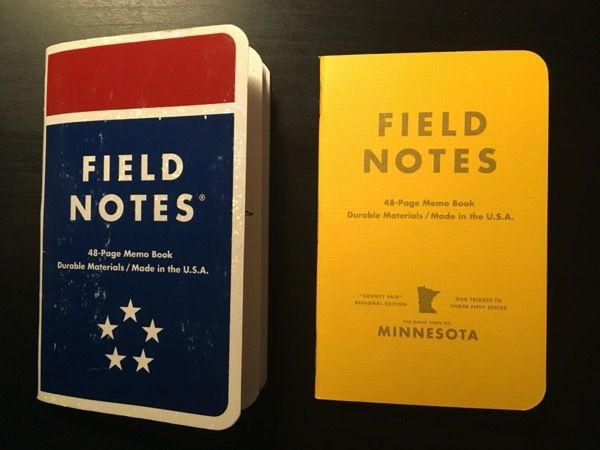
Field Notes
July 6, 2019
Last, next.
58: Mile Marker (Arrow)
59: Mile Marker (Stars)
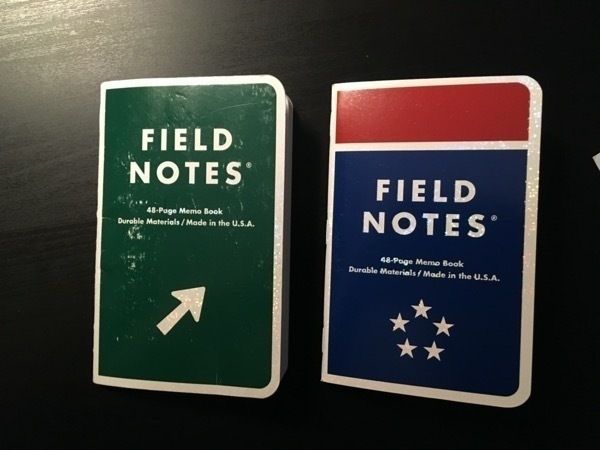
Field Notes
May 27, 2019
Last, next.
57: Coastal (LA)
58: Mile Marker (Arrow)
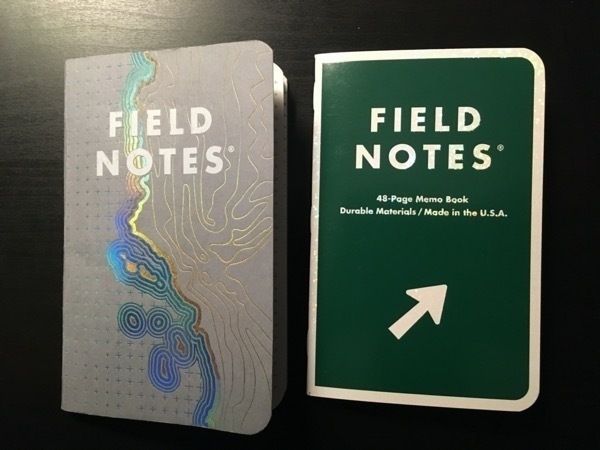
Field Notes




